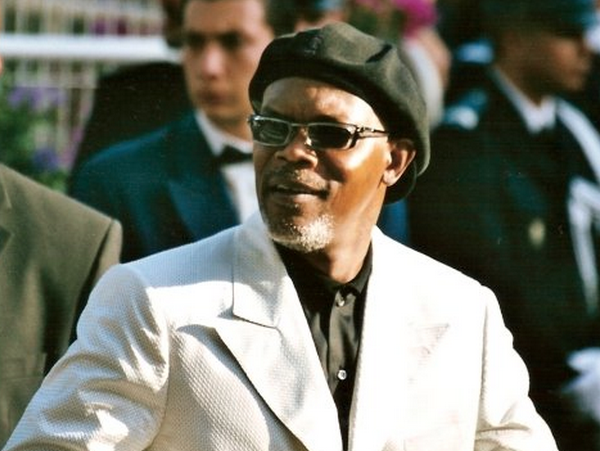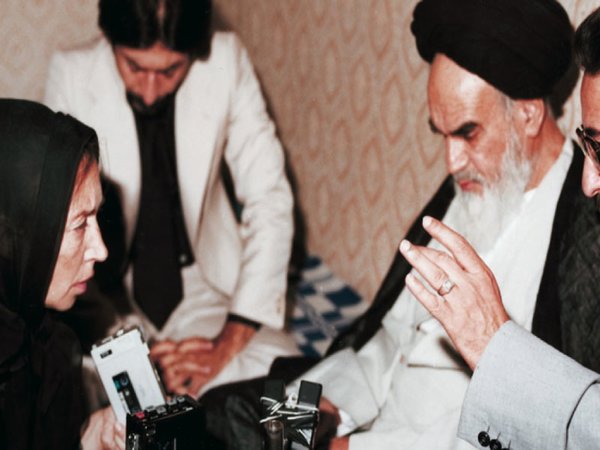Chalpat Sonti is a New Zealander by birth, but he probably has a better understanding of Australian communities than most Australians. He started his career working at a local paper in New Zealand before becoming a crime reporter for Fairfax Media.
He then decided to take the plunge and move to Australia, with stints at Queensland’s Gold Coast Bulletin and the Illawarra Mercury in New South Wales. After moving again to Perth, Chalpat wrote for both The Sunday Times and WA Today. He then packed up and relocated once more to regional Victoria, where he is currently the editor of McPherson Media Group’s The Seymour Telegraph.
What does your role as editor involve at The Seymour Telegraph?
Basically everything really. I’m the only journalist at The Telegraph so I write the news and sport, take photos, and organise the layout of the paper. We have the occasional community contributor, but I’ve taken on most of the work myself since I started working here. I start off with a blank canvas and end up with a full one hopefully.
Do you need a particular mindset or writing style in covering stories for regional papers?
You certainly do. People who read our paper and most country newspapers have usually been there for a long time, so you have to be very sharp in your coverage, or people will lose faith in you pretty quickly. You live on your reputation out here, so you can’t afford to make serious mistakes on important issues. I come from a small community myself, and I think people in these areas tend to be a lot more interested in the local news than people in metropolitan areas.
I try to write stories that people are really interested in, so there’s a bit less of just following the news, like you might see at a metropolitan paper.
You’ve worked in several states in Australia and New Zealand throughout your career. Were these relocations career-related or more personal?
I think I’ve always had itchy feet really. In the past I never really felt settled anywhere. Seymour is probably the first place I’ve felt a bit more settled. I wanted my kids to have somewhere they would enjoy growing up, but I also wanted to take the next step in my career in a job where I had a lot of control over the final product of my work. It’s something I’ve been looking to do for a while, and when the opportunity came along to try something different I thought it was worth a shot.
The other places I moved from because I didn’t really like them. One or two areas I really did like, but I felt as though I’d come to the end of what I could achieve there in terms of my career. Probably unfortunately, my partner has the same itchy feet as I do, so I haven’t had anyone to say, ‘no, stop now!’ (laughs).
Having worked in New Zealand in the past, how would you compare their media climate to ours?
There are good journalists in New Zealand, just very few of them. There are a lot of interesting stories there that aren’t covered by their media. There’s more competition here too, so that’s created a sharp media in a lot of ways. People are always looking for different angles on stories in Australia.
They do a lot more with a lot less over there though, as the staffing situation is a lot better here. In major metropolitan New Zealand papers it’d be nothing for a journalist to write up five or six stories in a day, which would be unheard of here. Australian journalists generally have better working conditions and pay, so it comes down to economics and what you can produce with the money you have.
How do you feel about metropolitan news coverage of regional and rural areas?
I don’t think they really have much idea of what happens out here. I’ve worked in metropolitan media for a long time, and I know there tends to be a lot of almost rent-a-quote style journalism, where people just try to find someone to say what they think works for the story. It tends to give the wrong perception of regional communities to people in the big cities.
What do you envision for the future for papers like The Seymour Telegraph, in terms of readership and format?
We don’t have the same pressures in terms of circulation compared to metropolitan newspapers, so our current model is pretty sustainable. Our media group has a website that encompasses all of its papers, but the habit here is that people read the paper.
I might use our website for uploading extra photos of a local football match for example, but overall people tend to go to the newsagents every week to buy the local paper. We have a monopoly here for obvious reasons, so as long as we report on issues that matter to the community we have a strong future.
What part of your job do you enjoy the most?
I think I probably get the most enjoyment out of the little things. It might only be a small brief in the paper and it might have a small audience, but if a piece means something to the audience or the people it’s about, then that’s what makes me the happiest. To me that’s what my job is all about.
Tim Viney is a Master of Global Communications student at La Trobe University.






